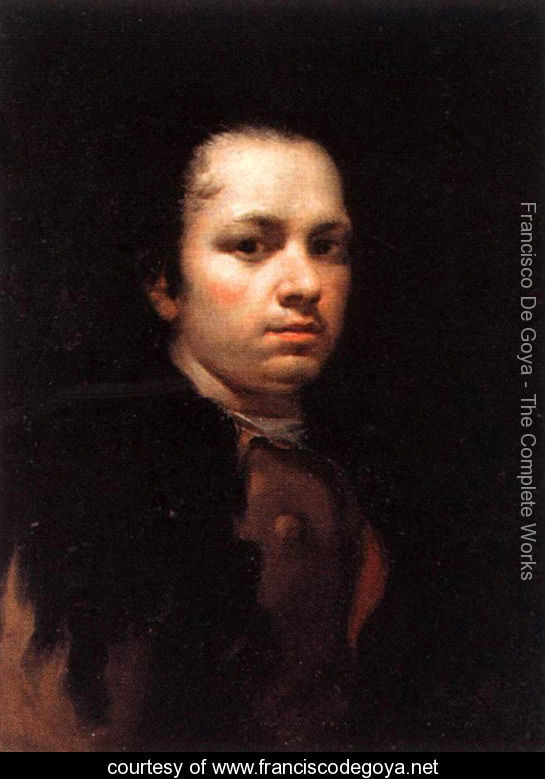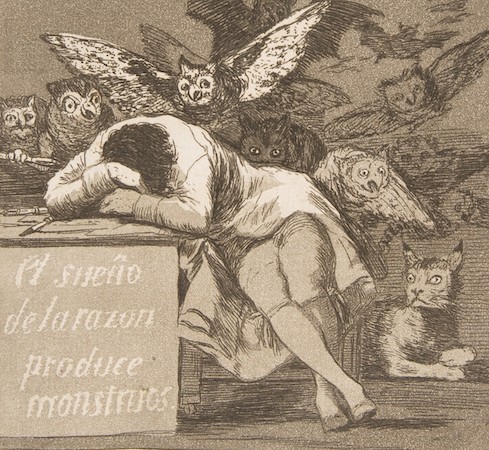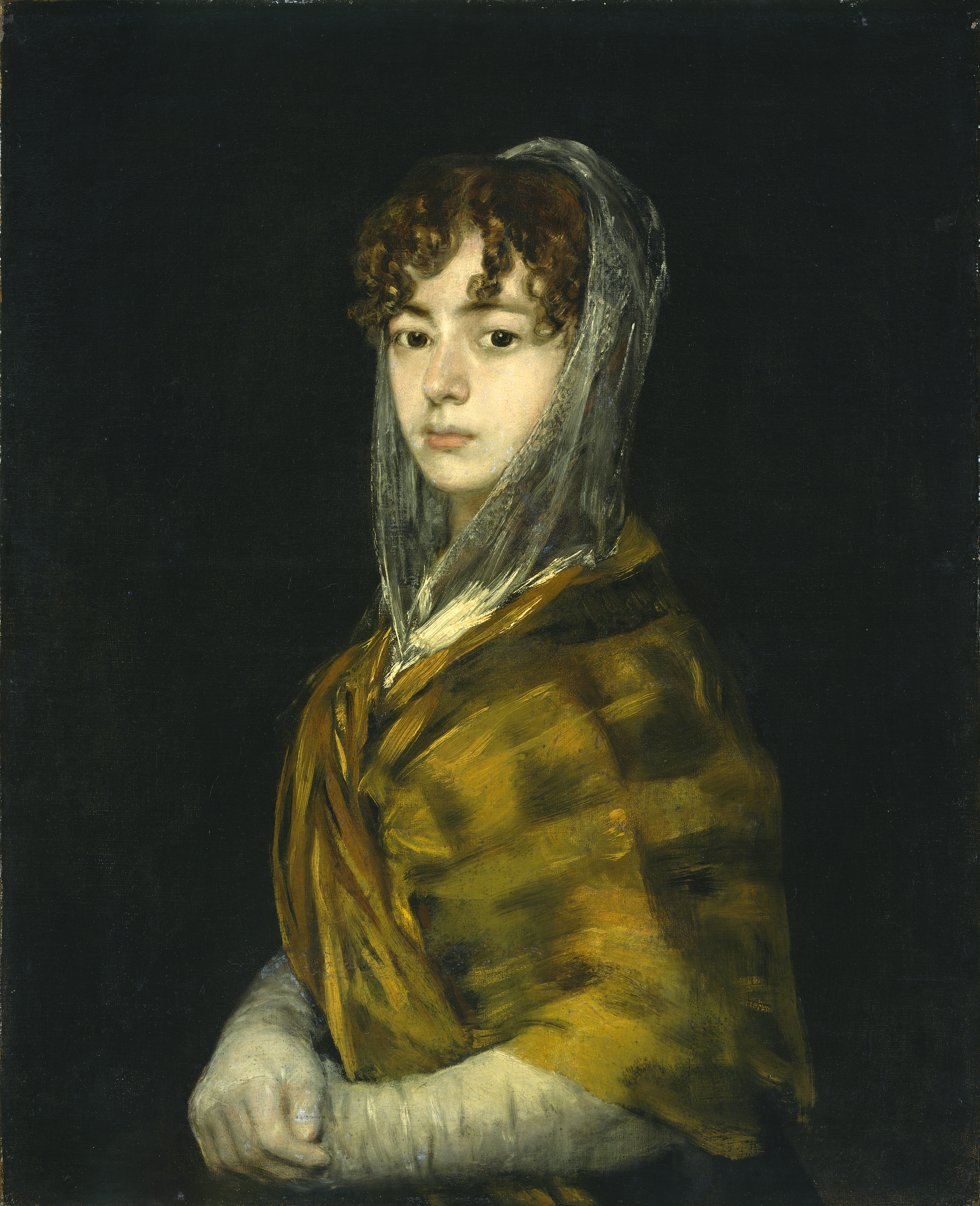
So I had heard of Francisco Goya before riding the Metro in Madrid, but I had never really heard about him. One of the stops before mine was named after him, and to my regret, I never alighted there to find out why. But I remember turning the name over in my mind, and when we finally studied him in my Survey of Western Art class, I couldn’t help pronouncing his name the way the recording would on the Metro: GOY-uh. An accomplished printmaker and painter, Goya is considered one of the last of the Old Masters and one of the first of the “modern” painters.
Francisco Goya was born in 1746 in Fuendetodos, Spain. By 1774, at the age of 28, he was working for the Spanish royal workshop. He painted for Charles III, and became the court painter for Charles IV. Though typically classified as a romantic painter and printmaker, Goya’s work deals with a range of subjects ranging from portraiture of the Spanish royal family to the importance of reason to current political events of his time.

Goya’s prints are just as fascinating as his paintings. His status as a Romantic artist finds its base in some of his prints. For instance, his Sleep of Reason Produces Monsters focuses on dreams and terror, several fascinations typical of a Romantic artist. However, this may even go deeper, as the painting’s Spanish title may have been mistranslated. In Spanish, sueño may mean either sleep or dream, depending on the context. So while Goya could mean that the sleep or absence of Reason produces monsters, he could also hint that the dreams or presence of Reason produces monsters as well. The latter would be a more Romantic interpretation, as well.

Goya’s portraiture is both realistic and dramatic. His Señora García, featured in the Art Docent Program’s second-grade curriculum, is a perfect example of Goya’s artistic finesse, as it depicts the young woman realistically but with a dramatic black background. In addition, Goya’s 1800 portrait of the family of Charles IV aims to capture the realness of the royal family. Disparaged by some as looking like what would happen if a peasant family won the lottery, Goya’s royal portrait attempts to capture the royal family at a natural moment. They are after all just a family, like yours and mine, Goya seems to say. Yet placed among their gigantic collection of art and dressed in fine clothes, Goya still makes a statement about the royal family being, well, royal.

Goya’s most famous painting, however, does not deal with the royals or even well-to-do Spanish patrons: it deals with a group of rebels. Third of May, 1808 was painted in 1815 after the French occupation of Spain under Napoleon. When a group of rebels rose up against the French army after hearing a rumor that the French planned to murder the royal family, they were captured and brutally executed. Goya’s commemoration of that event is an emotional, dramatically lit piece that depicts the rebels as defenseless and terrified–a romantic emotional intensity. However, Goya’s piece is not as innocent as it seems. In 1815, when the royals were restored to power, Goya hoped this painting would subtly caution them not to reinstitute systemic violence like the French had, and as the royals had just preceding the French occupation with the re-institution of the Inquisition.

However, Goya’s hope was in vain and he was eventually called before in Inquisition himself to answer for an obscenity in a painting he had done of a female nude. Despite his acquittal, Goya was frustrated with the government and relocated to France, where he would spend the last four years of his life.
On the whole, Francisco Goya was a multi-talented artist who did not shy away from asking big questions in his prints and paintings. We’re glad to feature him in our curriculum here at the Art Docent Program!







